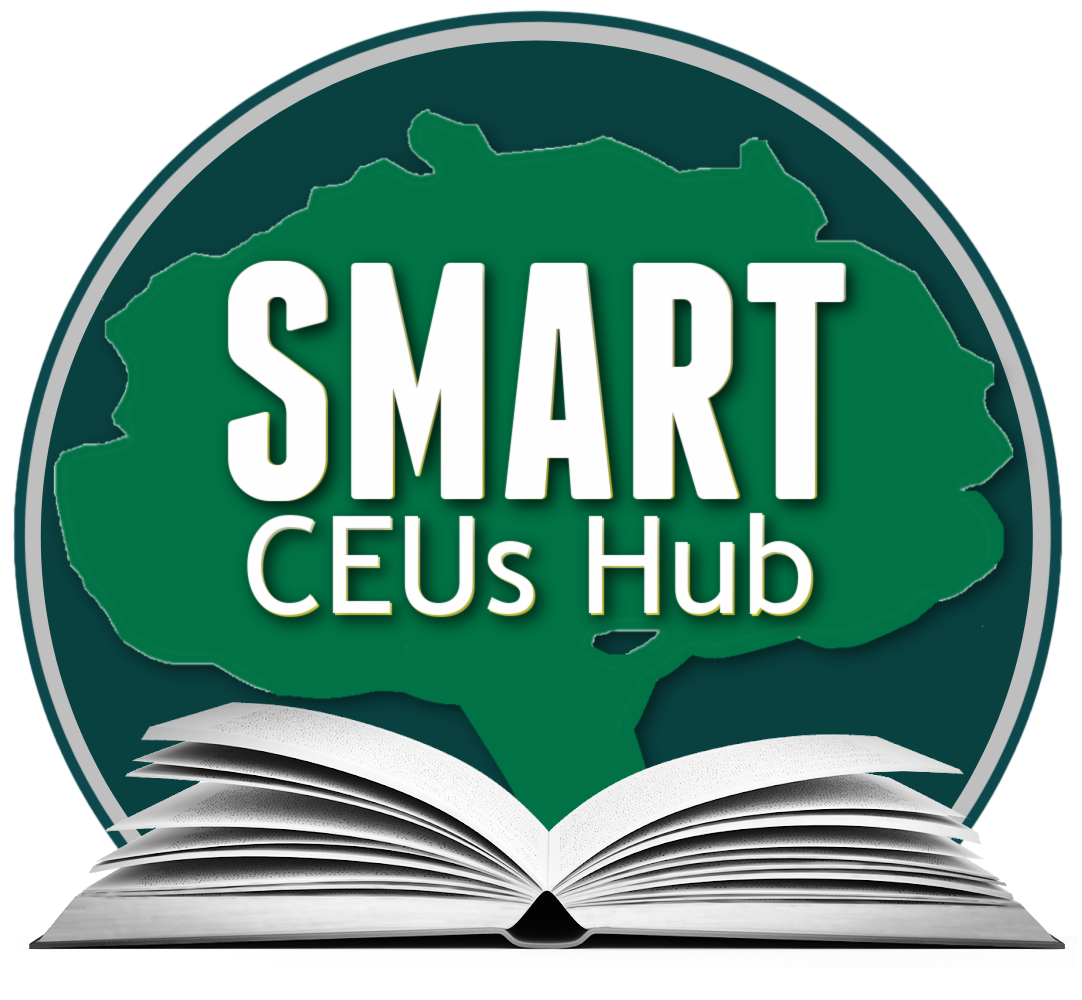SMART News November 2021
Altered By Altruism It is no surprise to recreation therapists that giving to others has deep intrinsic value. After all, we are a helping profession. But how do we promote altruism with our clients? How do we help them to foster a sense of putting others before…

Transformed Through Selflessness
It is no surprise to recreation therapists that giving to others has deep intrinsic value. After all, we are a helping profession. But how do we promote altruism with our clients? How do we help them to foster a sense of putting others before themselves? Sacrificing time, money, skills for the benefit of others. The definition of Altruism is the belief in or practice of disinterested and selfless concern for the well-being of others.
First it is important to understand how altruism can change a person. In the article, Altruism Is Good for Our Health, this is explored, “Spending money on others may lower our blood pressure. People who volunteer tend to experience fewer aches and pains, better overall physical health, and less depression; older people who volunteer or regularly help friends or relatives have a significantly lower chance of dying.” There are emotional benefits and a perceived natural high when humans give of themselves. Many religions have some form of altruism within their teachings. Martin Luther King Jr. once stated, “Life’s most persistent and urgent question is, ‘What are you doing for others?’”. Not everyone is naturally altruistic. Some people find it difficult to sacrifice for others. Life experience, illness and trauma and even the make up of your brain can make compassion for others and giving difficult. But don’t give up! There are ways to boost altruism.
As recreation therapists we need to provide our clients with opportunities for growth and new experiences even in the midst of their own pain or struggles. Including altruism in your programming is vital. Begin by discussing the benefits of altruism with your clients. Then do some brainstorming with them about how they can become more altruistic. One idea is to form a Give Back group that is dedicated to finding ways to help others. Begin with small projects like writing thank you notes to staff, making items to give away, (pg. 2)
“The root of happiness is altruism – the wish to be of service to others.”
-The Dalai Lama, ‘The Dalai Lama At Harvard,’ 1988.
Cleaning up local parks or beautifying your facilities grounds. You could adopt a local agency and do things to support them. Find pen pals and begin a writing program. Create fundraisers and donate to a charity of the clients choosing. Take the opportunity to celebrate World Kindness Day on November 13th or National Philanthropy Day on November 15th.
Another fun way to engage your clients and your co-workers in altruistic actions is to introduce them to national movements such as Movember and No Shave November. Movember (a combination of the Australian-English diminutive word for mustache, “mo”, and “November”) is an annual event involving the growing of mustaches during the month of November to raise awareness of men’s health issues, such as prostate cancer, testicular brain cancer, and men’s suicide.
The goal of No-Shave November is to grow awareness of cancer by embracing our hair, which many cancer patients lose, and letting it grow wild and free. Donate the money you typically spend on shaving and grooming to educate about cancer prevention, save lives, and aid those fighting the battle. No-Shave November is a web based, non-profit organization devoted to growing cancer awareness and raising funds to support cancer prevention, research, and education.
The important thing is not what you do, how much you do or how much money you give. The important thing is that you begin purposefully incorporating more giving in your life and the life of your clients. Helping them to more fully engage with the world and those around them.
I WILL DO MORE
I will do more than belong. I will participate.
I will do more than care. I will help.
I will do more than believe. I will practice.
I will do more than be fair. I will be kind.
I will do more than forgive. I will work.
I will do more than earn. I will enrich.
I will do more than teach. I will inspire.
I will do more than give. I will serve.
I will do more than live. I will grow.
I will do more than be friendly. I will be a friend.
~ Edith M. Hensley
Related Articles and Websites:
https://www.pnas.org/content/117/2/950
https://www.ncbi.nlm.nih.gov/pmc/articles/PMC5456281
“The true meaning of life is to plant trees,under whose shade you do not expect to sit.”
-Nelson Henderson.






